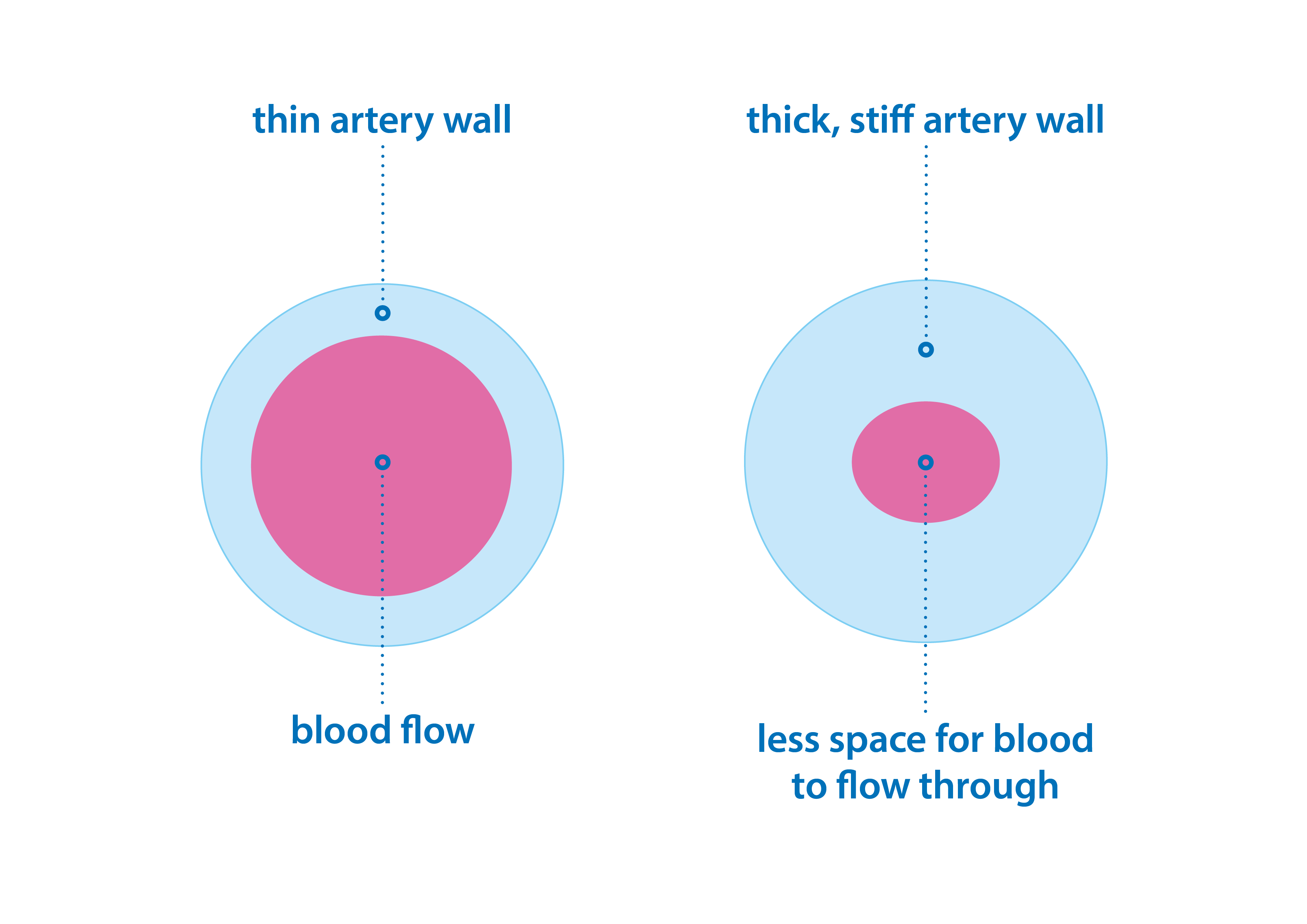- Group 1: pulmonary arterial hypertension (PAH)
- Group 2: pulmonary hypertension associated with left heart disease
- Group 3: pulmonary hypertension associated with lung conditions or lack of oxygen
- Group 4: pulmonary hypertension associated with blood clots (chronic thromboembolic pulmonary hypertension, CTEPH)
- Group 5 - pulmonary hypertension associated with a range of causes
On this page, we explain what the five main types of pulmonary hypertension are and conditions they’re typically associated with.
There are five main groups of pulmonary hypertension, as it can be caused by different things:
- Group 1: Pulmonary arterial hypertension (PAH)
- Group 2: Pulmonary hypertension caused by left heart disease
- Group 3: Pulmonary hypertension caused by lung conditions or lack of oxygen
- Group 4: Pulmonary hypertension caused by blood clots (chronic thromboembolic pulmonary hypertension, CTEPH)
- Group 5: Pulmonary hypertension caused by a range of causes
Group 1: pulmonary arterial hypertension (PAH)
PAH is caused by changes to very small arteries which take blood from the right side of your heart to your lungs. The walls of the arteries get thicker and stiffer. This makes the space for blood to pass through narrower, which, in turn, increases the blood pressure.
Pulmonary arterial hypertension (PAH) can be caused by other conditions, such as connective tissue diseases (especially scleroderma), liver disease, congenital heart defects, sickle cell disease, HIV and certain medicines or drugs.
When no cause is found, it is called ‘idiopathic PAH’. According to the NHS , in very rare cases PAH can be inherited.

Healthy pulmonary artery (left) and pulmonary artery in someone with pulmonary arterial hypertension (right)
Group 2: pulmonary hypertension associated with left heart disease
According to the NHS and a study from the British Journal of General Practice, this is one of the most common causes of pulmonary hypertension. Research from a study in the American Heart Association journal, indicated that of 50,529 people with PH, 34.2% had group 2 PH (caused by left heart disease).
The left side of your heart is the high-pressure system that pumps blood to the rest of your body. If there are problems with how the left heart works, blood can’t flow easily through your lungs into the left-hand side of your heart.
As a result, the right side of your heart has to work harder to pump blood through your lungs. This increases the blood pressure in your pulmonary arteries.
Group 3: pulmonary hypertension associated with lung conditions or lack of oxygen
In this group, pulmonary hypertension is the secondary condition. The condition causing the pulmonary hypertension is the primary condition. Some common primary conditions that can cause pulmonary hypertension are:
- chronic obstructive pulmonary disease (COPD)
- interstitial lung disease (such as pulmonary fibrosis)
- obstructive sleep apnoea (OSA)
- obesity hypoventilation syndrome.
These conditions reduce the amount of oxygen getting into your lungs. When there’s a low level of oxygen, your pulmonary arteries get narrower. This increases the lung blood pressure. Lung diseases can also damage blood vessels directly.

Healthy pulmonary artery (left) and pulmonary artery in someone with a lung condition (right)
Group 4: pulmonary hypertension associated with blood clots (chronic thromboembolic pulmonary hypertension, CTEPH)
CTEPH occurs when blood clots (pulmonary embolism) block the flow of blood in arteries and blood pressure in the lungs increases.
Normally blood clots dissolve once you take anticoagulant drugs. But in rare circumstances (approximately 2% of patients, or 1 in 50), blood clots fail to dissolve and form scars instead, blocking the flow of blood and causing increased pressure in the lungs.

Healthy pulmonary artery (left) and pulmonary artery in someone with blood clots (right)
Group 5 - pulmonary hypertension associated with a range of causes
This is a mixed group of rare causes. They are grouped together because their causes are less clear, or because there’s more than one cause.
Other rarer causes of pulmonary hypertension include:
- sarcoidosis
- histiocytosis
- compression of the blood vessels in the lungs (for example as the result of a tumour).
This content is currently under review. New information will be available soon.






